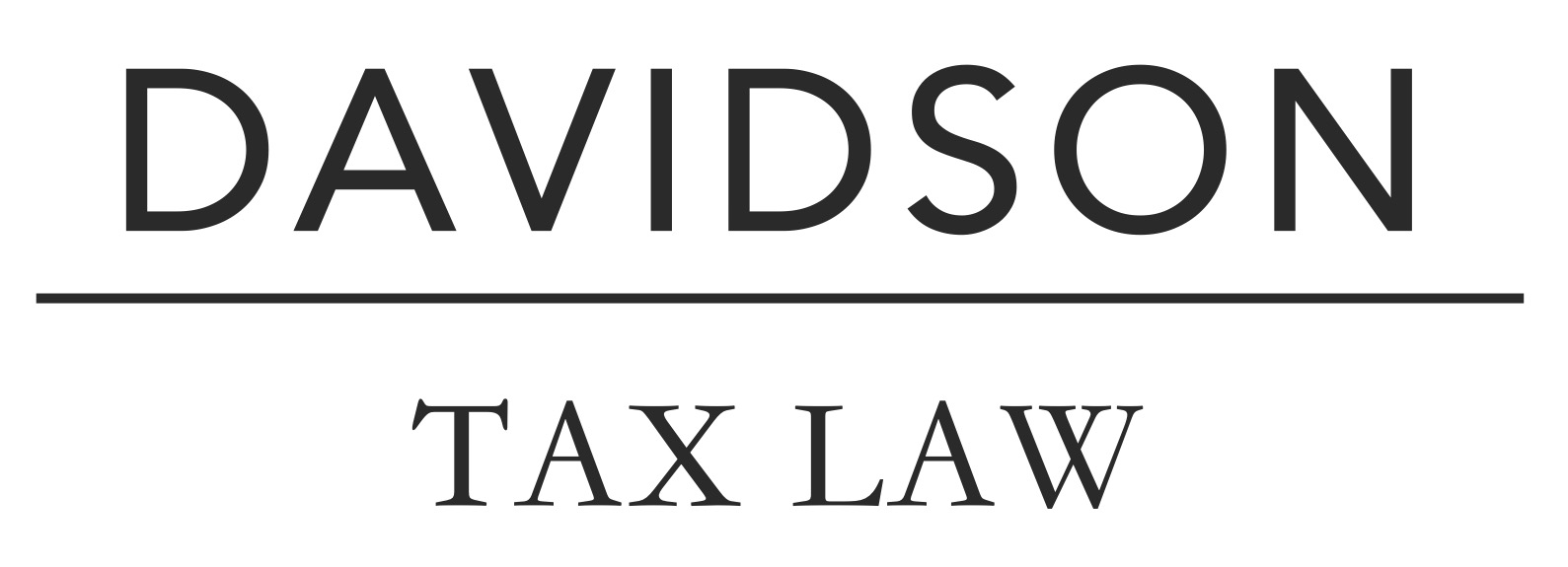Good news for non residents with SMSFs…
The 2021-2022 Commonwealth Budget announced a significant relaxation of Super fund residency requirements – relevant to individuals who are non-residents for tax purposes, “expats”, with self-managed super funds (SMSFs) or small APRA-regulated funds (SAFs).[1]
The changes will affect 2 out of the 3 super fund residency criteria by removing the ‘active member’[2]requirement and extend the current Central Management and Control safe harbour window from 2 years[3]to 5 years.[4]
Theses changes are likely to commence effect from 1 July 2022 and are intended to complement proposed changes to individual residency rules announced in the 2021-2022 Commonwealth Budget.
Who will this benefit from these changes?
Individuals with a SMSF or SAF who are not Australian tax residents.[5]
What do these changes mean?
Less super related headaches!
- Expats or non residents will be able to continue contribute to their SMSF or SAF while overseas without having to consider the Active Member test (explained below).
- Expats with SMSFs won’t have to consider moving to a SAF or large fund for up to five years.
Why is this important?
If your super fund fails to meet residency requirements because you move overseas, it becomes liable to lose its status as a complying superannuation fund.
Non-complying super funds are liable to a tax on the market value of the assets of the fund in the year they lose complying status and income thereafter at 45%; An expensive gift to the tax man…
The prospect of non-complying status may mean you have to consider:
- Rolling your SMSF or SAF balance into a large fund: This means liquidating all of the fund’s assets into cash and then rolling the proceeds into a large fund. As SMSFs often invest in illiquid assets like real estate, liquidation can be disruptive and costly.
- Transferring your super balance offshore: This can be complicated due to the highly technical eligibility requirements for foreign retirement schemes under Australian Law due to the ‘sole purpose’[6] test which exclude many foreign retirement schemes. If you plan to return to Australia in future, transfer may not be desirable.
Getting Technical…
‘An Australian Superannuation Fund’ – Current Requirements:
A fund must satisfy all three criteria[7] to be considered ‘An Australian Superannuation Fund’:
- The fund was established in Australia, or any asset of the fund is situated in Australia;[8] and
- The Central Management and Control of the fund is ordinarily in Australia,[9] or is temporarily outside Australia for less than two years;[10] and
- The Active Member test – greater than 50% of the market value of the fund is attributable to a resident contributing member.
For further information on when our current tax law considers an individual to be a tax resident, read our article.
Proposed requirements
The amended criteria will be:
- The fund was established in Australia, or any asset of the fund is situated in Australia;[11] and
- The Central Management and Control of the fund is ordinarily in Australia,[12] or is temporarily outside Australia for less than five years;[13]
What is Central Management and Control? Who does it and where does it happen?
The Trustee or Director of a Corporate Trustee of Super fund generally exercises central management and control (CM&C) of a fund.[14] As members of SMSFs are required to be a Trustee or a Director of a Corporate Trustee,[15] a member will generally have to exercise CM&C.
The ATO considers CM&C as the strategic or high level decision making processes and activities of a fund, encompassing formulating and reviewing the fund’s investment strategy, managing reserves and determining how assets are to be used to fund member benefits. It does not include day to day, operational or administrative activities.[16]
CM&C happens where the individual actually performs those duties or functions, not necessarily where they ordinarily live or work. So while it may be technically possible to live overseas but return to Australia to perform CM&C for your fund, it is certainly something you would be wise to seek appropriate advice on.
The safe harbour[17] provides that a fund continues to have its CM&C ordinarily in Australia when the CM&C is temporarily outside for a period of two years or five years under the proposed changes.
The ATO has also announced leeway if you’re a Trustee and COVID has restricted your ability to perform CM&C in Australia.[18]
Active Member Test
An active member is a resident member currently making contributions to the fund.
The active member test requires a fund must have greater than 50% of its market value or realisable interests held by active members.[19]
In light of the limited number of members typical of a SMSF, or that a an individual and their partner may both be members of the same SMSF and move overseas together, this test often requires expats or non-residents to stop making super contributions while overseas.
Eliminating this test of super residency will allow individuals with SMSFs or SAFs to continue to make contributions while non resident for tax purposes, greatly simplifying the task of saving for retirement.[20]
Superannuation can be an unusually complex part of an individual’s financial affairs, with costly consequences for non compliance.
If you require any information in relation to your super affairs including super residency, we would be delighted to assist you – Get in touch with us today.
______________________________________________________
[1] The Commonwealth of Australia, 2021-2022 Commonwealth Budget Papers (Budget Paper 2, Part 1: Receipt Measures, Self-managed superannuation funds – relaxing residency requirements, 11 May 2021) 28, ‘2021-2022 Commonwealth Budget’.
[2] s295-95 (2), (3) Income Tax Assessment Act 1997 (Cth), ‘ITAA 1997’.
[3] Ibid s295-95 (4).
[4] 2021-2022 Commonwealth Budget (n 1) 28.
[5] s6-1 Income Tax Assessment Act 1936 (Cth).
[6] s62 Superannuation Industry Supervision Act 1993 (Cth), ‘SISA Act’.
[7] ITAA 1997 (n 2) s295-95 (2), (3); TR2008/9, ‘Income tax: meaning of ‘Australian superannuation fund’ in subsection 295-95(2) of the Income Tax Assessment Act 1997’ [9]-[11], ‘TR2008/9’.
[8] ITAA 1997 (n 2) s295-95 (1) (a).
[9] ITAA 1997 (n 2) s295-95 (1) (b).
[10] ITAA 1997 (n 2) s295-95 (4).
[11] ITAA 1997 (n 2) s295-95 (1) (a).
[12] ITAA 1997 (n 2) s295-95 (1) (b).
[13] ITAA 1997 (n 2) s295-95 (4); see 2021-2022 Commonwealth Budget (n 1) 28.
[14] TR2008/9 (n 7) [22].
[15] SISA Act (n 6) s17A (1).
[16] TR2008/9 (n 7) [20].
[17] ITAA 1997 (n 2) s295-95 (4).
[18] https://www.ato.gov.au/super/self-managed-super-funds/setting-up/check-your-fund-is-an-australian-super-fund/
[19] ITAA 1997 (n 2) s295-95 (2) (c), (3).
[20] 2021-2022 Commonwealth Budget (n 1) 28.

